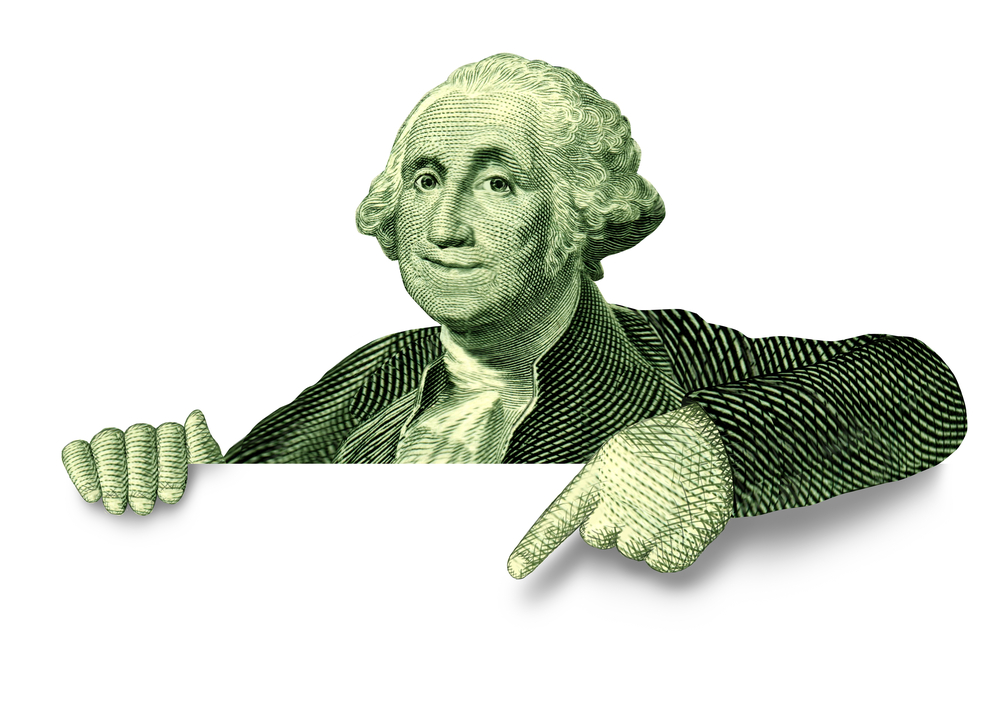Government Spending
By Gordon Tullock


Chart 1. U.S. Government Spending
Enlarge in new window

Chart 2. Swedish Government Spending
Enlarge in new window
In the past, government spending increased during wars and then typically took some time to fall back to its previous level. Because the effects of World War I were not totally gone by 1929, the line for the United States from 1790 to 1929 has a very slight upward slant. But in the second quarter of the twentieth century, government spending began a rapid and steady increase. While economists and political scientists have offered many theories about what determines the level of government spending, there really is no known explanation for either part of this historical record.
The data contradict several prominent economic theories about why government spending as a percent of GNP grows. One such theory is presented by British economists Alan Peacock and Jack Wiseman, who suggest a “ratchet effect.” If a war, say, raises expenditures, expenditures after the war will not fall all the way back to their prewar level. Thus the name “ratchet effect.” This theory cannot explain the long period of stable government expenditures before 1929. Nor can it explain the steady growth since 1953.
The “leviathan” theory holds that governments try to get control of as much of the economy as possible. Obviously, the leviathan theory is inconsistent with the early decades of stable government spending. Moreover, this theory also would imply sharp increases in government spending followed by leveling off when the maximum size of government has been reached. But this is not what we see after 1945. Wagner’s law—named after the German economist Adolph Wagner (1835-1917)—states that the growing government share of GNP is simply a result of economic progress. Wagner propounded it in the 1880s. However, the forty years of stability after that time would seem to rule out his theory.
Another theory, propounded by William J. Baumol, is that productivity in the private sector increases, but public-sector productivity stagnates. Therefore, says Baumol, for the government to maintain a suitable level of services per person, government spending must grow as a percent of GNP. Even granting his view of relative efficiency, Baumol’s theory certainly does not explain the nongrowth of government spending before 1929. Indeed, all theories of growth to date fail to explain either the many early decades of stable government spending or the growth of government spending after 1953—or both.
The relatively smooth growth of government after 1953 is particularly hard to explain. We would anticipate that if the government took on new responsibilities, government spending would rise sharply and then stay level after these responsibilities had been fully absorbed. But in fact, spending did not rise sharply, nor did it level off.
Considering what governments spend money on may help. Government spending on so-called public goods, national defense and police, for example, is sometimes blamed. But American military expenditures have shrunk as a share of the GNP—from 13.8 percent in 1953 to 6.3 percent in 1988. Spending on police is mainly a local expenditure and, at under 1 percent of GNP, is too small in any event. Expenditures on most other public goods have also grown slowly. Of the 1991 federal budget, 43 percent is direct benefit payments to individuals, 14 percent is for interest, and 25 percent is military spending. This leaves only 18 percent for general public goods. Further, two-thirds of the remaining 18 percent is grants to local governments. This leaves only 6 percent for the rest of the federal government. Clearly we must look elsewhere.
It is frequently asserted that the government spends much in helping the poor. Although the government does do so, the bulk of all transfer payments go to people who are relatively well off.
Economists trying to explain government spending have recently attributed it to special interest coalitions lobbying the government to transfer wealth to them. The term economists use to describe such lobbying is “rent-seeking.” Rent-seeking certainly has grown. The farm program, for example, did not even exist in 1929. It now absorbs about $30 billion a year. The elaborate water control projects in the West cost the general taxpayer a high multiple of the benefits to the relatively small groups of beneficiaries. Both are the result of rent-seeking.
“Rent-seeking,” therefore, may explain the long, more or less steady rise in government spending as a fraction of GNP. Political rules may limit the government’s ability to hand out money to more than a few new pressure groups in each session of Congress. If so, we would expect the long, gradual increase in government spending that we observe. It cannot be said, however, that the data prove this particular theory; in fact, it cannot even be said that this particular theory is a very good one. It certainly does not explain the long level period from 1790 to 1929.
The bottom line is that governments have grown in recent decades, that they did not do so earlier, and that economists do not really know why.
Gordon Tullock was a professor of law and economies at George Mason University. Together with James M. Buchanan, he pioneered the field of public choice economics.
Baumol, William J. “The Macroeconomics of Unbalanced Growth: The Anatomy of the Urban Crisis.” American Economic Review 57 (June 1967): 415-26.
Borcherding, Thomas, ed. Budgets and Bureaucrats. 1977.
Higgs, Robert. Crisis and Leviathan. 1987.
Related Links
Dwight R. Lee, Reducing Real Output by Increasing Federal Spending, Econlib, January 2012.
Valerie Ramey on Stimulus and Multipliers, EconTalk, October 24, 2011.
Robert P. Murphy, Government Debt and Future Generations, Econlib, June 2015.
